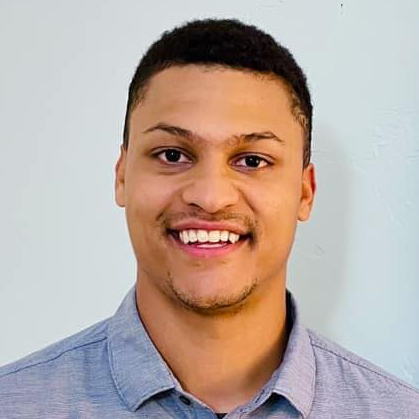[TEST] Standard Page
Learning to detect and correct this dural meningeal subluxation is paramount when working with the pediatric patient. This meningeal subluxation is not just a localized fixation but more often a dural meningeal subluxation with a concomitant hypermobility that affects the entire dural meningeal system – from the cranium to the coccyx.
In this online program you will learn how to determine the primary upper cervical subluxation and how to evaluate and correct the dural meningeal component in a safe and effective way. The demonstrations, workshopping and lecture format will give you the ability to determine these dural meningeal subluxations and implement these correction protocols Monday morning in your office. You will be able to help more people and become the go-to expert in your community.
Often the primary subluxation occurs in the upper cervical region due both its vulnerability and strong dural attachments. The most common mechanism for disruption if this area is traction applied to the spinal cord during the birth process. If this subluxation goes uncorrected it can become a primary source of stimulus throughout the child’s life. These compensatory patterns can not only affect proper neurological development (milestones, primal reflexes, and pre-programmed feedback loops) but they can manifest as only mild symptoms early in life and progress to more severe compensatory patterns as the child reaches age 4 or 5.
Your patient outcomes will improve, the ease of your adjustments will improve, your patient compliance will improve. As your practice grows your confidence and certainty will as well.
Skills You Will Learn
✓ Specific dural meningeal (tonal) evaluation and correction of the upper cervical spine
✓ Determining primary descending subluxation pattern and its correction
✓ Tonal corrections for both the atlas and axis dural subluxation
✓ Specific leg checks for determine upper cervical dural involvement
Resources Provided
✓ Video class modules
✓ Evaluation & technique presentations
✓ Practical demonstrations
✓ Calls to action (CTAs)
✓ Live calls with instructor
✓ Interactive private Facebook group
✓ Complete PDF workbooks
✓ Email access to Dr. Rosen & Dr. Watson
Course Contents
5 Modules | 5 CTAs
Class 1 – Primary Meningeal Subluxation
Class 2 – Nervous System Development
Class 3 – Key Continuities of the Dural Meningeal System
Class 4 – Evaluation of Atlas/Axis Dural Meningeal System
Class 5 – Correction of Atlas/Axis Dural Meningeal System
Meet the Instructors: Drs Rosen & Watson
As early as first quarter in chiropractic school they were attracted to each other’s commitment to chiropractic and the pursuit of excellence. Their combined 80 years of personal and clinical and teaching experience, in delivering the chiropractic adjustment is unparalleled in the chiropractic profession. Their international outreach through teaching, writing and lecturing has been a driving force in their personal and professional careers since their first seminar taught together as students, in 1979.
Their years of experience have taught them what works and what does not work to create a successful practice and lifestyle. The more competent and comprehensive your expertise you will find that more patients will seek your services and your practice will grow exponentially.
Assistant Instructor: Dr. Ken Cooper
Dr. Ken’s journey into chiropractic care began during his early years at Chiropractic college, where he had the privilege of being introduced to the esteemed Dr. Larry Webster. It was during his wife’s pregnancies and the subsequent care provided by Dr. Webster to both his wife and newborn babies that Dr. Ken’s passion for maternal, infant, and pediatric chiropractic care was ignited.
During his tenure at Life University in Marietta, GA, Dr. Ken actively participated in seminars focused on the intricate art of perinatal and pediatric chiropractic care. Upon graduation, he wasted no time in pursuing his fellowship in Pediatric Chiropractic from the International Chiropractic Pediatric Association (ICPA), concurrently attaining four other pediatric certifications, including the Webster Technique.
Driven by a relentless pursuit of excellence, Dr. Ken immersed himself in the teachings of Drs. Rosen and Watson, pioneers in pediatric chiropractic care. He became an early adopter of their methodologies, participating eagerly in Pediatric Certification seminars. Dr. Ken’s unwavering commitment to learning and mastering techniques, particularly within the Peak Potential Institute, culminated in him being one of the inaugural two doctors certified in Pediatric Cranial Adjusting by Drs. Rosen and Watson.
Dr. Ken is dedicated to transforming the lives of children and families through his profound knowledge and skill.






